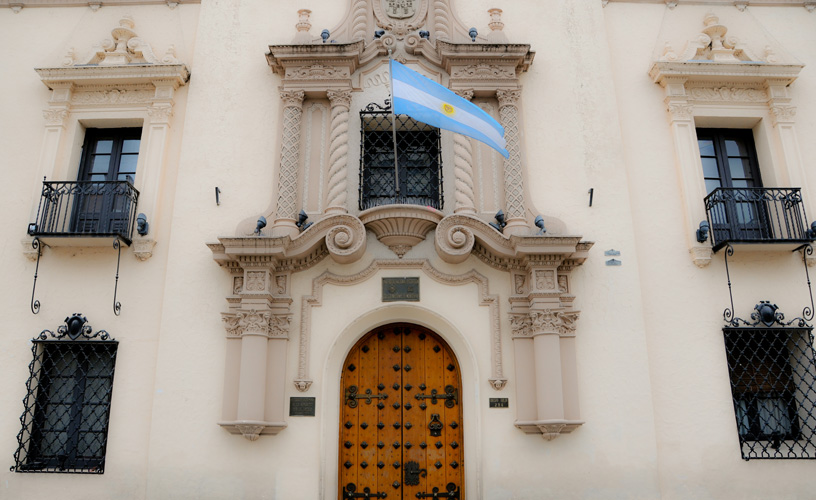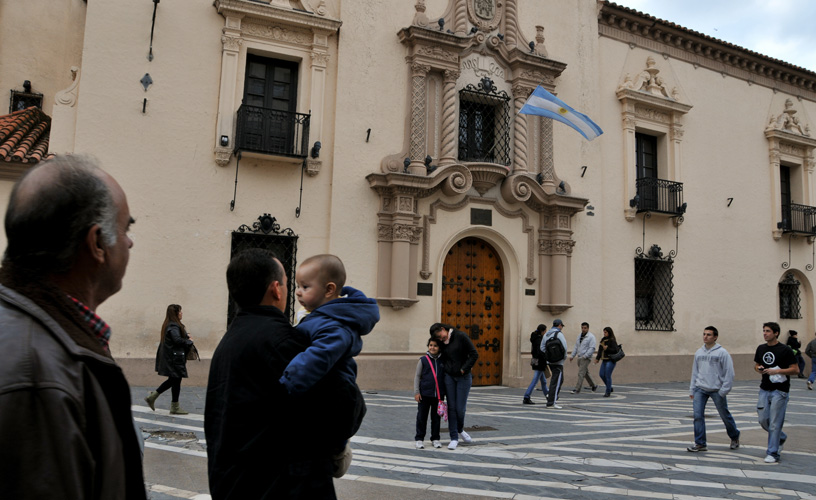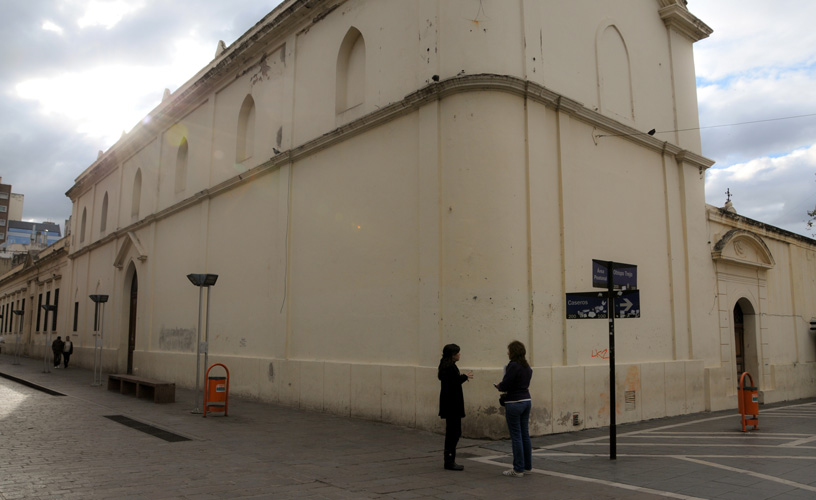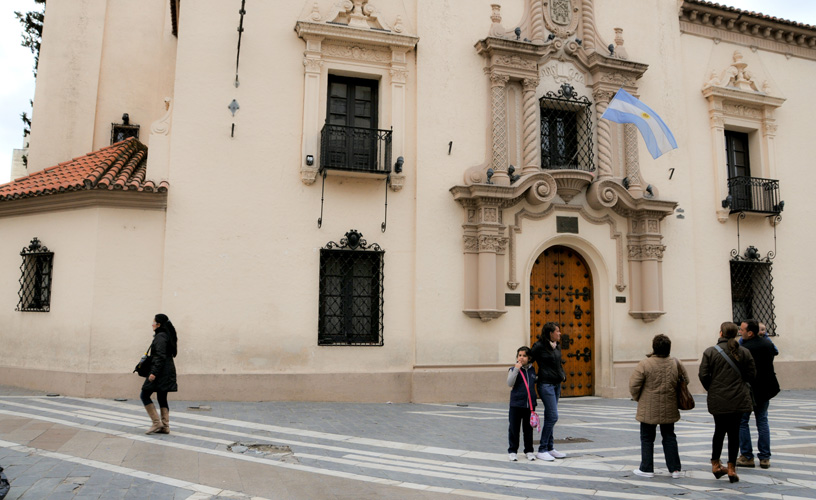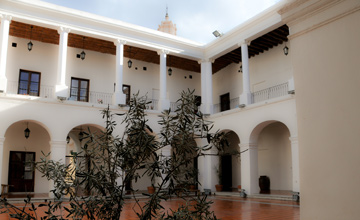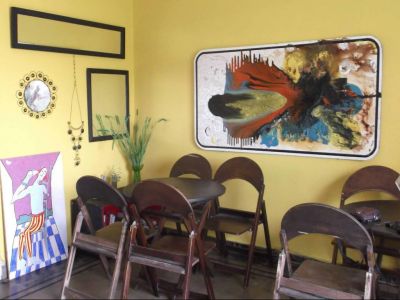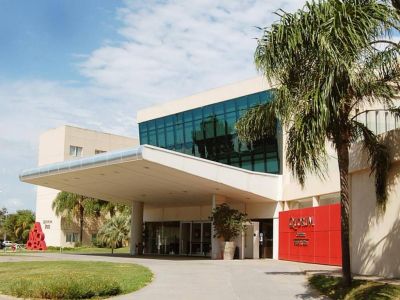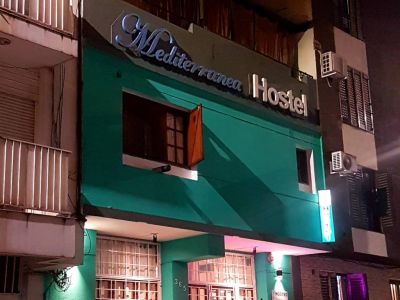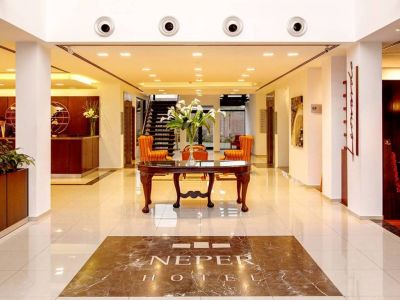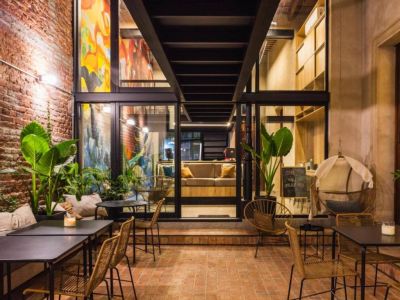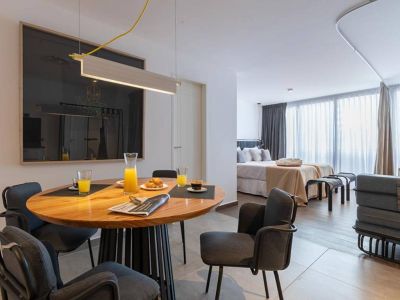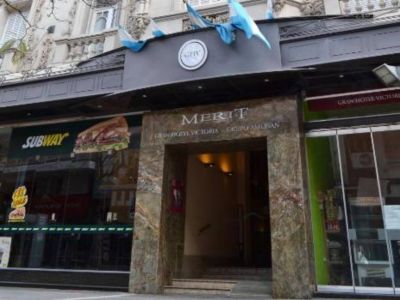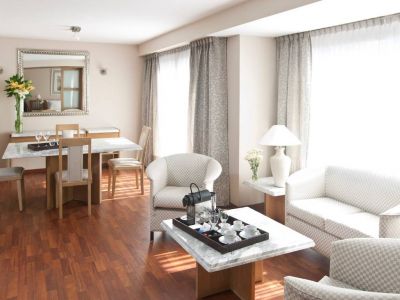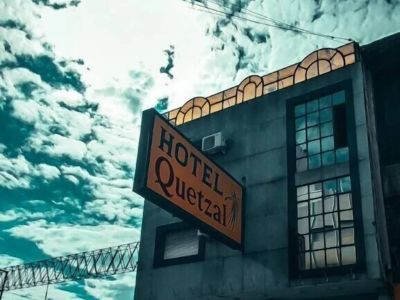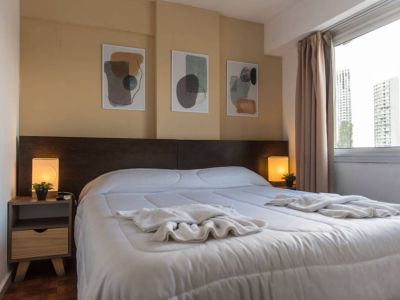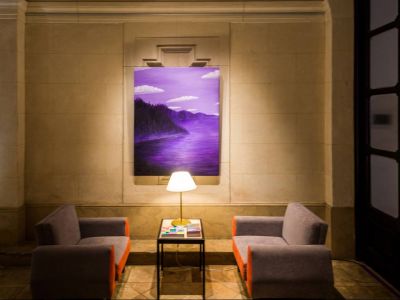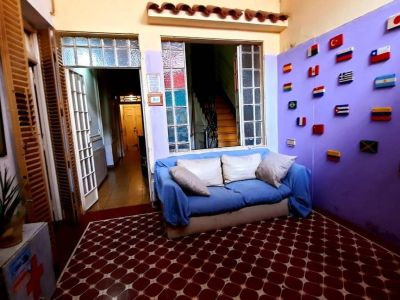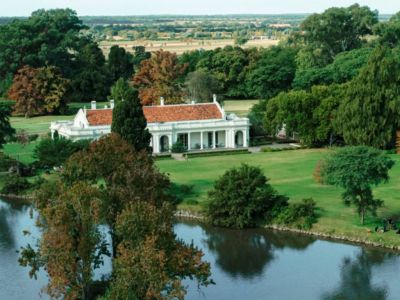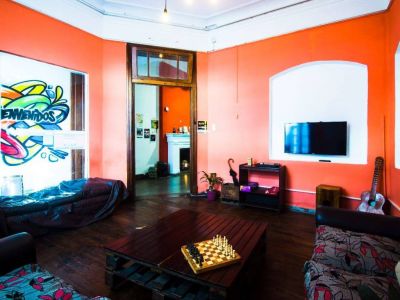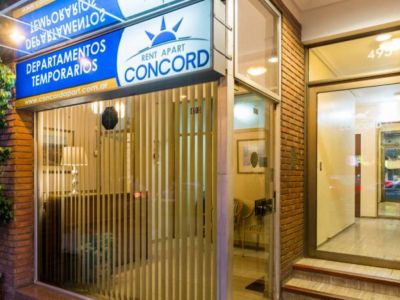During the second half of the seventeenth century, the University created by the followers of de Loyola was spreading its prestige throughout the American continent. Nevertheless, it still lacked a Seminary or Dormitory. It was the significant flow of young people arriving in Córdoba to study what led to its creation.
In 1687, priest Ignacio Duarte y Quiróz signed the donation papers in favor of the Company of Jesus for a total amount of estates worth $38.354.-. Estancia de Caroya was one of those properties.
After several years of attempts and negotiations, the boarding school known as Our Lady of Monserrat College opened its gates on April 6, 1693, in the house formerly owned by the Duartes. This house had a yard and seven rooms and was enlarged using other donations. The block today surrounded by Obispo Trejo Street, 27 de Abril Street, Caseros Street and Vélez Sársfield Avenue was completely covered.
Monserrat College
Life at the boarding school was nothing like life in a school today. The first students of the Monserrat were pupils. They had a convent lifestyle with rigid activities and timetables. They only went out for their lessons at the University classrooms and their vacations at Estancia de Caroya. Furthermore, as the Monserrat and its founder Duarte y Quiróz had been granted their arms by the monarch, its students were known as reyunos (a word used to refer to the horses owned by the king) or the king’s students.
The second printing press of the territory of the Río de la Plata (the first one was found in the Guaraní Missions) worked at the basement of Monserrat College. This section is known today as Bishop Friar José Antonio de San Alberto Museum. This printing press represented a true milestone in the history of the College and the Jesuits in Córdoba. However, it had a very short life because it ran for only one year, starting in 1766 and finishing with the expulsion of the order.
After this event, Monserrat boarding college passed onto the supervision of a joint board known as Junta de Temporalidades and the Franciscan Order took charge of all education activities.
In 1782, the then bishop of Córdoba, Fray José Antonio de San Alberto, encouraged the transfer of the college to its present location on the corner of Trejo and Duarte y Quiróz Streets. He restated its bylaws so as not to leave any vestiges of the Jesuit education, pursuant to the orders of Viceroy Vértiz.
The events that started in 1810 and forged the fate of our republic were experienced by graduates of the Monserrat: Juan José Castelli, Juan José Paso, Deán Gregorio Funes, Pedro Ignacio de Castro Barros, José Ignacio Gorriti and Eduardo Pérez Bulnes, to name a few.
Ever since 1820 and for over three decades, both the Monserrat and the University were ruled by provincial authorities. Later on, it depended on the national government through a decree passed in 1854 by Salvador María del Carril, Urquiza’s Vice President and graduate of the Monserrat.
The changes and transformations in the national and provincial political scene continued establishing the future of the College and the University.
After Domingo F. Sarmiento’s (1868-1874) and graduate from Monserrat Nicolás Avellaneda’s (1874-1880) administrations, the former Jesuit Block experienced remarkable growth with foreign scientists and professors who fostered the development of science. The Science National Academy was created in 1869.
In 1907, Monserrat College was reincorporated into the National University during the administration of another graduate: José Figueroa Alcorta (1906-1910). The College has been associated with this institution ever since its creation.
Pablo Etchevers
Eduardo Epifanio
